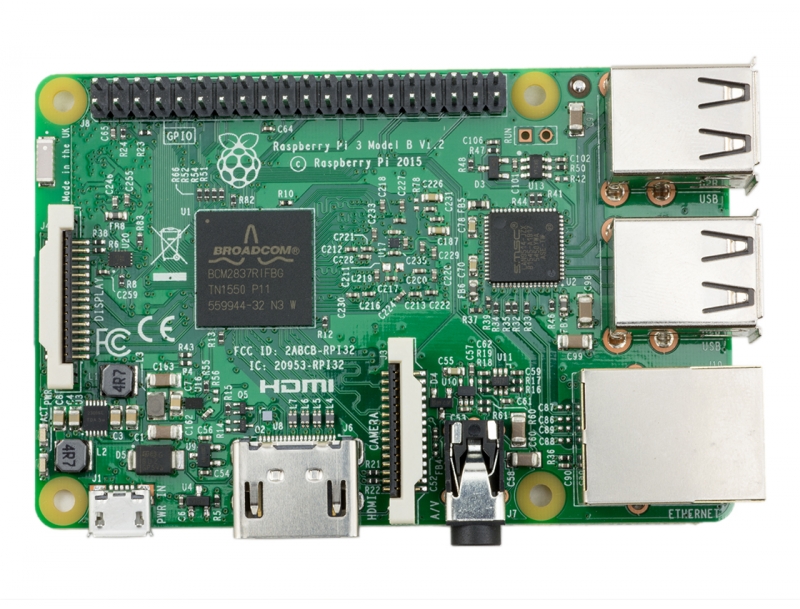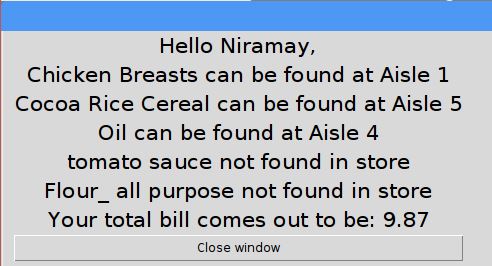
E Shopping Assistant
A revolution in online shopping
Our aim is to allow users to choose the best shopping option available to them, given pricing and budget constraints.
Motivation
In today's world, shoppers have a variety of options in terms of the shopping malls they would like to shop at. We aim to allow users to navigate this world of choices and present them with the option that best suits their interests.
System
Architecture

The essence of this IOT project is the seamless connection of the user to online stores and the local stores. Once the user logs in and tries shopping online from our database of various online and local stores we try to give the user the cheapest store they can order from.
Additionally, if the user confirms that they want to go to the store to buy the goods, we contact the Departmental Store from the user side to let them know that our user is coming to their store to shop. This communication helps the user to shop faster and check out from the e-kiosk, with their RFID tag, which would be installed in all the departmental stores for the users using our application. The kiosk tells them where they can find their items and the total price of their purchase. If an item they ordered can't be found for whatever reason, the user is informed of the same.
Technical Components
RASPBERRY PI 3 MODEL B

The Raspberry PI 3 Model B is a continuation in the raspberry pi series of on board computers, which brings about has all the advantages of the previous generation of raspberry pi computers, along with added bluetooth and WiFi support.
MFRC522 RFID READER/WRITER

The MFRC522 is a highly integrated reader/writer IC that supports reading and writing of highly portable RFID tags. The communication between the MFRC522 IC and the tag occurs at frequencies of 13.56 MHz.
Prototype
We use the Amazon EC2 service to interface with an APACHE server. The server uses a restful API and a MySQL database which includes the prices of items in various shops. Our app will send the user's shopping list to the server, and the server will send back the name of the seller who provides the cheapest alternative, and at the same time the app will also send the list of items to that seller so that they can update their database (which includes the list of all users and the items each user has ordered), which is stored on the Raspberry Pi computer, which also serves as the Kiosk.
When the user finally arrives at the departmental store and scans their RFID tag using the MFRC522 reader, the Raspberry Pi Kiosk tells them where to find the items and the total price of the items using a Display, which can either be a computer monitor connected via the HDMI port on the Raspberry Pi, or a laptop/mobile device connected via VNC.
Results


Result presented at the kiosk when the RFID is scanned. The items, their respective locations and the total price is displayed.
Our Team
Contact
Aman Shankar: as5171@columbia.edu
Adithya Beemanapalli: ab4348@columbia.edu
Nachiket Paranjape: nmp2139@columbia.edu
Niramay Sanghvi: nys2113@columbia.edu
Columbia University Department of Electrical Engineering
Class Website:
Columbia University EECS E4764 Fall '16 IoT
Instructor: Professor Xiaofan (Fred) Jiang



